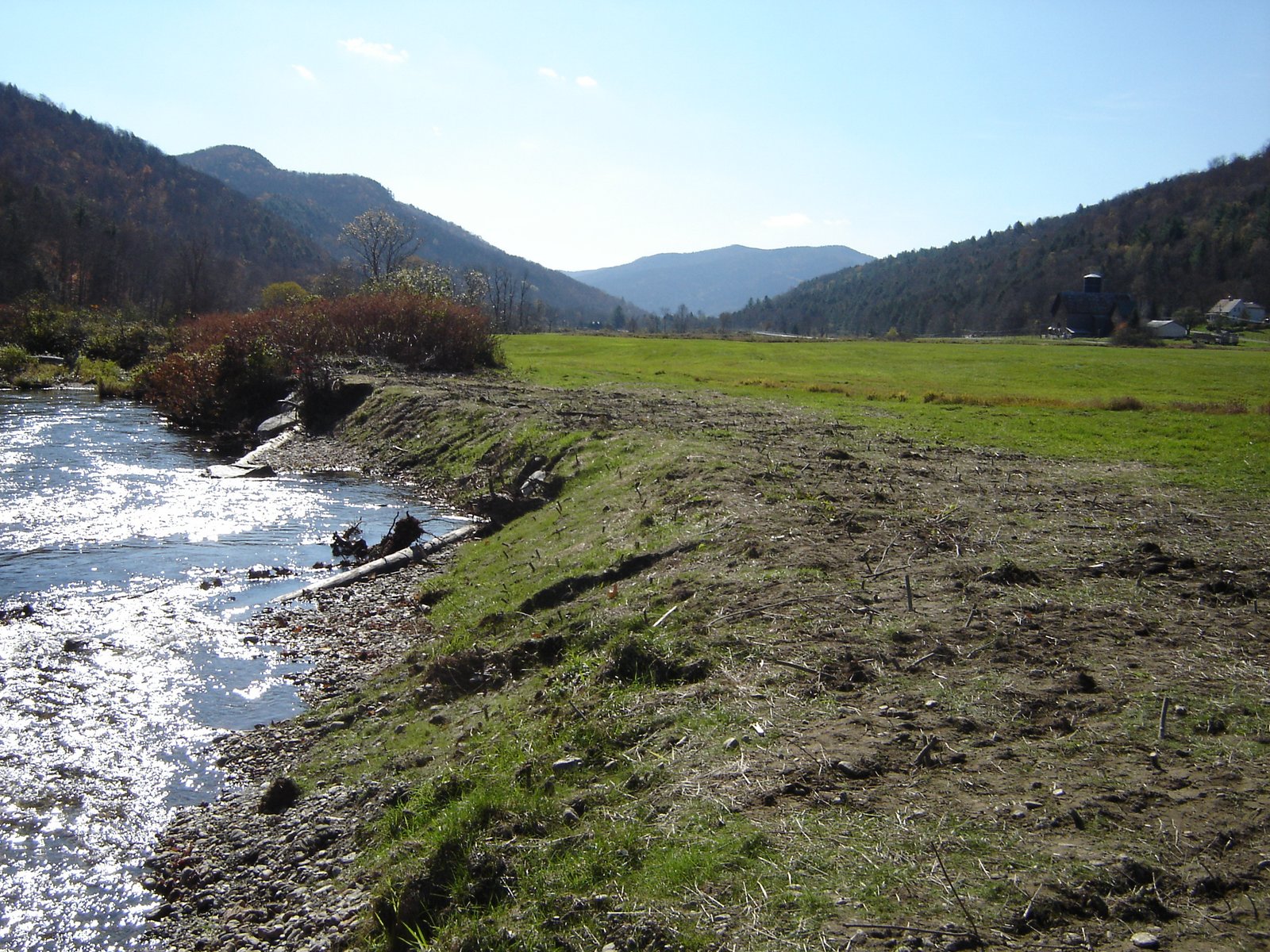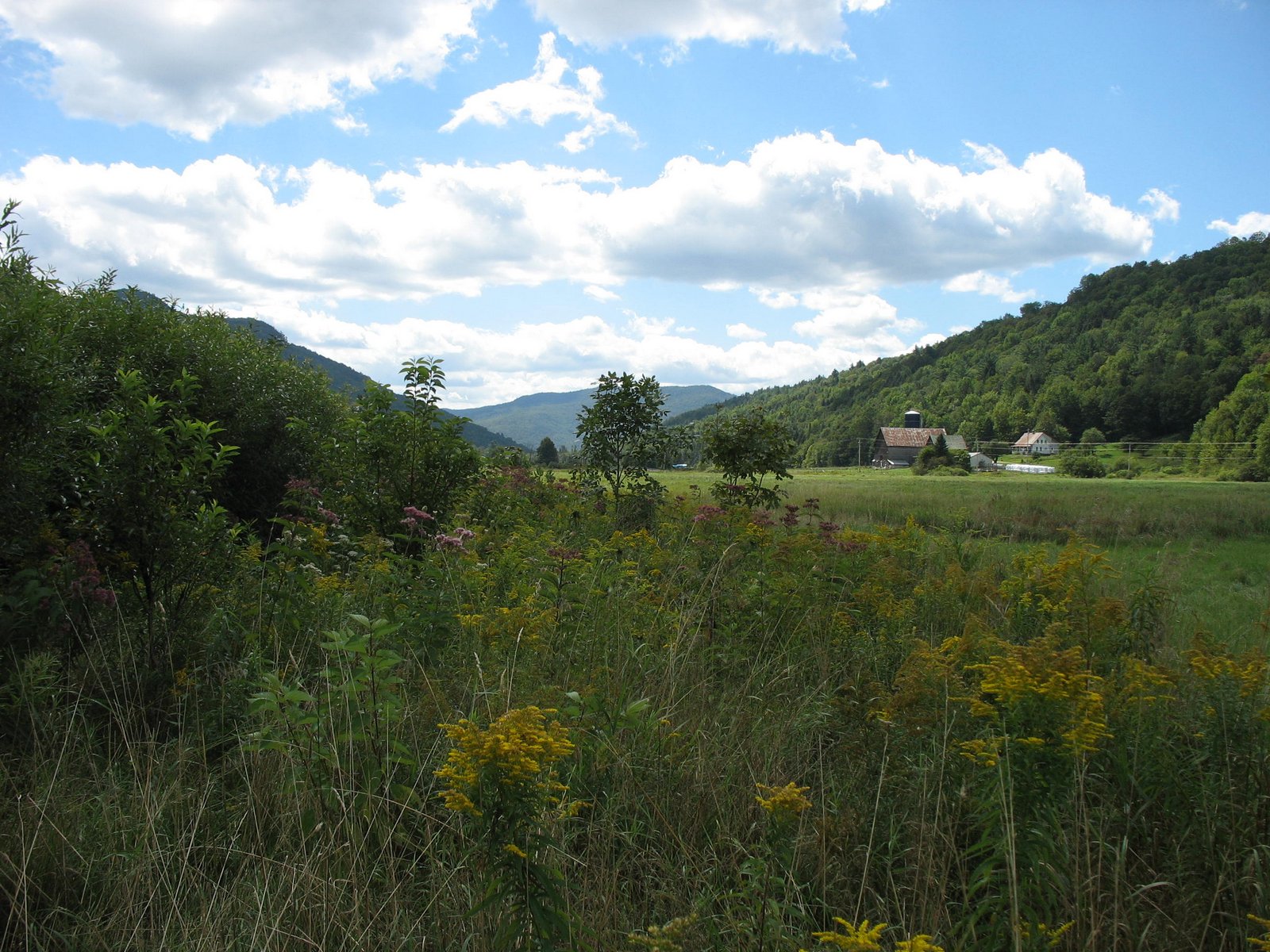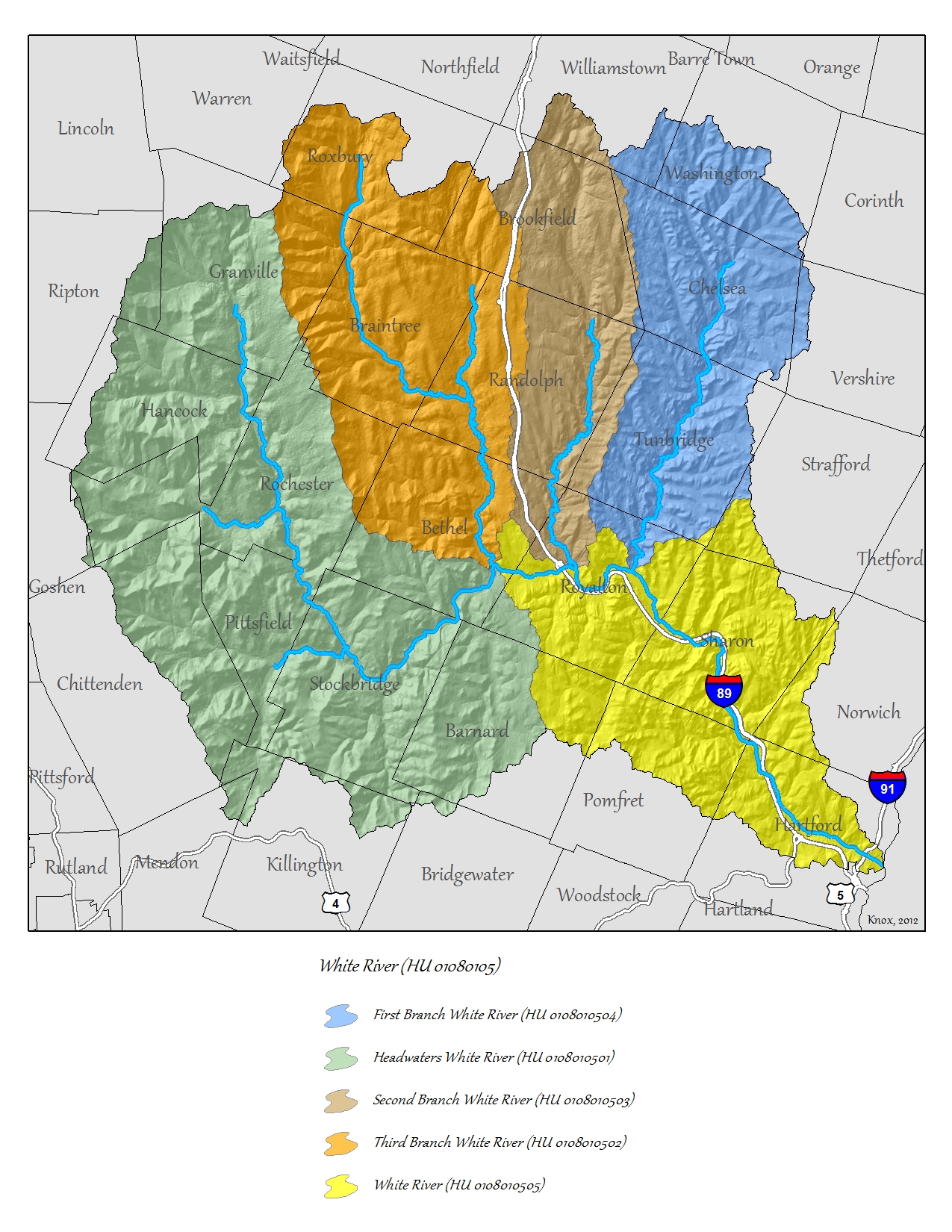White River Partnership Trees for Streams Program
The White River Partnership (WRP) is grassroots, non-profit organization formed in 1996 by a group of community members who wished to protect and improve the long-term health of the White River and its watershed. The WRP approach attempts to address natural resources issues while preserving the cultural and economic integrity of the White River watershed communities. The WRP has three primary focus areas: collecting data to monitor and assess watershed health; educating the public to spread awareness about watershed issues; and implementing on-the-ground projects to protect and restore water quality, habitat, flood resilience, and recreational river access. In addition the WRP coordinates volunteer stewardship events, which give individuals and groups the opportunity to get involved in their community through citizen science, and to make a real improvement to the place they call home. Annual WRP volunteer stewardship opportunities include planting trees along rivers, monitoring water quality, and cleaning-up the river.
The Trees for Streams Program (TFS Program) is an annual program coordinated by WRP in cooperation with landowners, students, and community volunteers. The TFS Program goal is to work with interested landowners to restore 'riparian' or river-side buffers by planting 5,000 trees each year with help from 500 students and community volunteers. When an interested landowner agrees to restore a 35-foot riparian buffer (measured from the top of the river bank), the WRP purchases the native trees and coordinates a volunteer tree planting event free-of-charge. The WRP plants native tree species sourced primarily from local nurseries such as the Intervale Conservation Nursery, Cold Stream Farms, and Drinkwater's Nursery. After the planting event, the landowner enters into a 20-year contract that allows the WRP to monitor the riparian buffer area.
Citizen Science, Inventory, Land Management, Land Protection, Outreach, partnerships, water, wetland, wildlife
Since the Trees for Streams Program began, the WRP has worked with 110 landowners to plant thousands of trees along more than 40 miles of the White River and its tributaries. Restoring riparian buffers by planting trees is one of the most effective and efficient ways to improve water quality, reduce erosion and flood damage, and maintain healthy fisheries. Riparian buffers filter pollutants from run-off, reduce erosion, provide shade to keep water temperatures cool for fish, ward off non-native invasive plant species, and create corridors for wildlife. Buffers also serve as the first line of defense against flood events and can safeguard property from erosion. The WRP TFS Program educates the public about the benefits of a healthy watershed and the advantages of restoring native riparian buffers. It has also succeeded in educating local school kids in both the classroom and in the field.
White River Partnership
U.S. Fish and Wildlife Service
U.S. Forest Service
The U.S. Fish and Wildlife Service provided the original Trees for Streams Program model. In addition they led an extensive effort to monitor the success of Trees for Streams plantings throughout Vermont. Using these monitoring results, the WRP has increased planting efficiency by selecting tree species and plant sizes that are most likely to thrive.
The WRP Trees for Streams Program is dependent on the willingness of landowners and community volunteers to participate. Continued outreach and relationship building with landowners and volunteers is key to the success of this program.
White River Partnership


